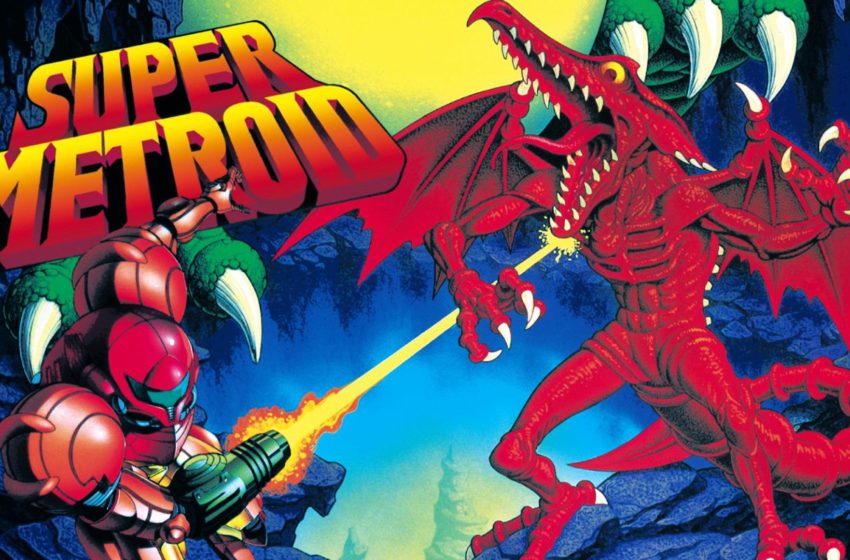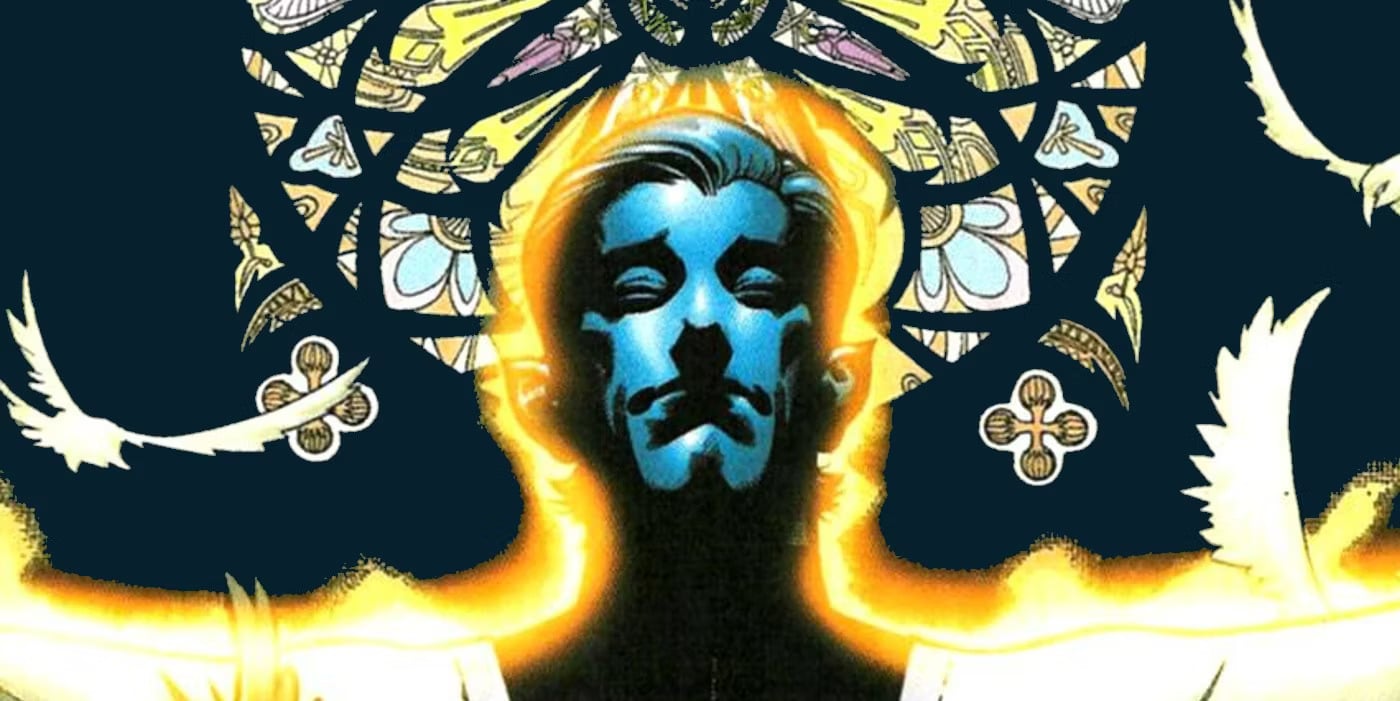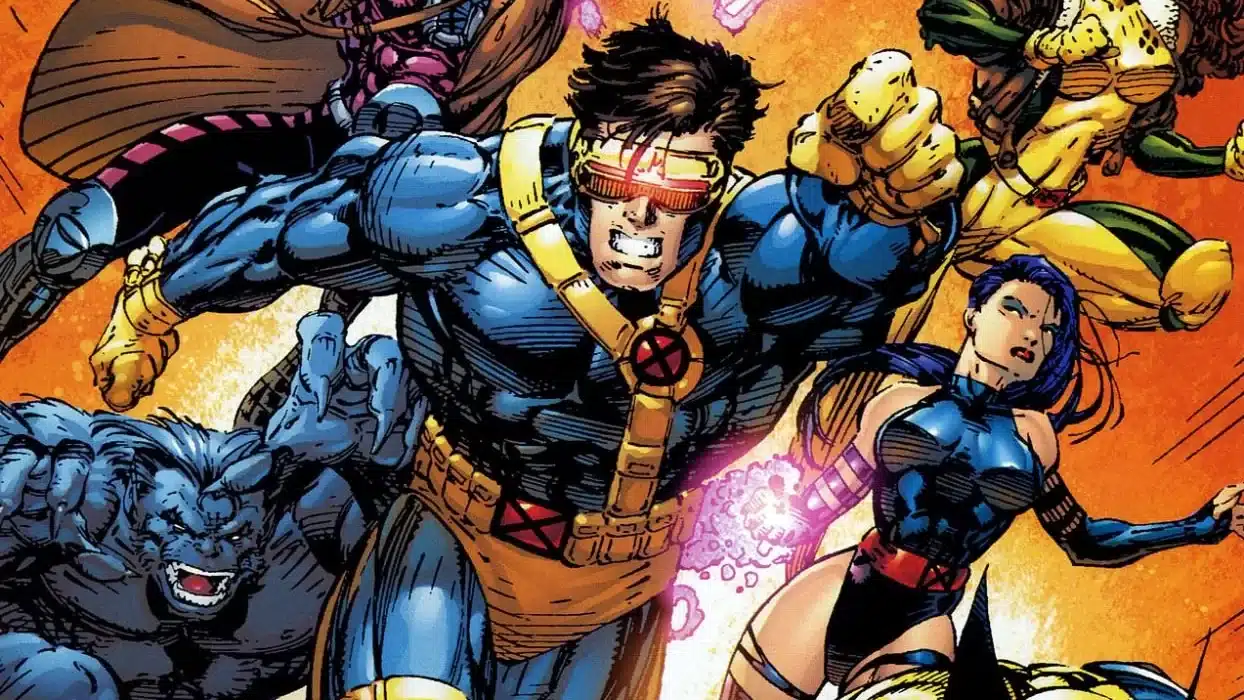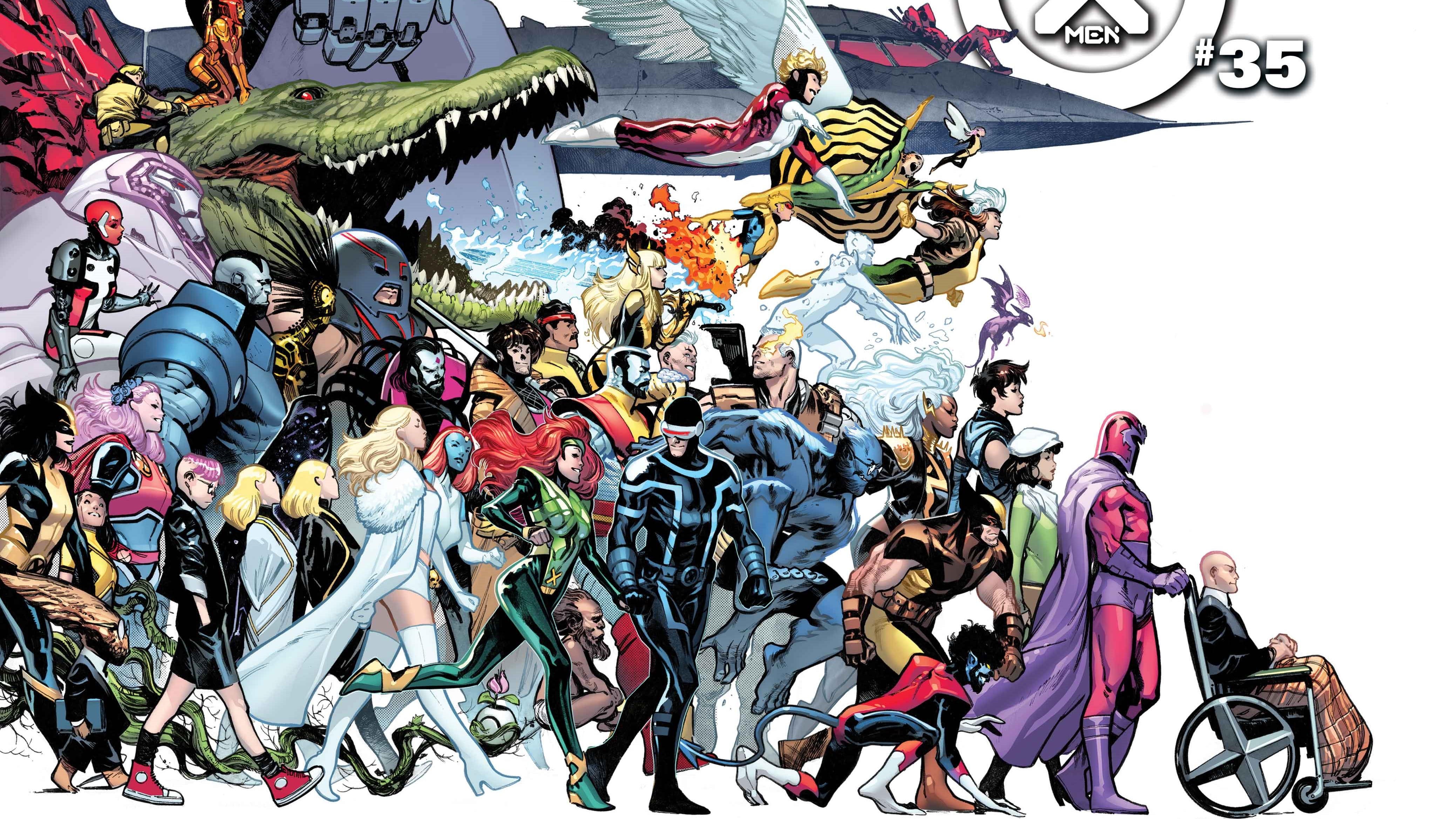Super Metroid is a perfect video game but that thrives on a single feeling, isolation. You are Samus Aran, a bounty hunter on a mission behind enemy lines on the planet Zebes. The closest thing to a friendly face you see is a singular corpse sitting, rotting; a warning to turn back before you face your first epic boss battle. It’s tense, claustrophobic and refuses to help you. You are on your own, and one false move will seal your demise. It also makes for a terrible comic book.

In Nintendo Power from February to June of 1994, Benimaru Itoh serialized the game over five instalments. A designer by trade, Itoh’s work shines brightest in his explosive double page spreads and innovative chapter headings. At times, there’s almost a Barry Windsor-Smith feel with high contrast detailed inks sitting under an oppressive wash of solid color. There’s a kinetic fluidity to his action that benefits the comic. At times, it captures the confidence a player moves with once they have understood the rules and flow of the game. Predetermined action is given a backseat to instinctual reaction, the game feels right. Similarly, Itoh’s Samus is never anything but pure competence.

Less successful is the attempt to flesh the story of Super Metroid into a 60 page tale. The game’s story is like many of Nintendo’s, simple enough to be told in under 100 words. It’s less important why Samus does what she does and it is that she does it. Itoh adds detours to the tale and nearly causes the flimsy story to buckle from the lack of underlying support. Super Metroid wasn’t designed for a farcical diversion like the bickering of two Galactic Federation bureaucrats. It loses momentum when, after being graciously injured, Samus is launched away from Zebes and into exposition about her tragic past. Many of the games Super Metroid inspired are obsessed with lore, the obstructed deeper meaning to the story that’s as frustrating to navigate as the tunnels of Brinstar. You could argue that a gripping mythology is what Metroid as a franchise is missing, but this comic is doing that argument no favors.

Worse is the partner Itoh saddles Samus with, an incomptent pallet swap named Huston. He is blue Samus. He is the root of all evil. He exists to have someone listen to Samus’ out of character quips and drive the action when she is taken out of commission half way through. A more competent story, in a universe with a more generous god, might have had Huston killed for dramatic effect early on. Raise the take, crank up the action. Instead he acts as Short Round to Samus’ Indiana Jones. In my dreams, it is his corpse sitting vigilant in the corridor before Kraid; but like that monster’s surprising absence from this comic, some things never come to fruition.

Perhaps less frustration, though as grating as a platform you just can’t quite reach yet, is the lettering. There are beautiful hand drawn effects throughout, a great textural addition that make the amateurish lettering stand out all the more. The balloon’s are oversized with oceans of white space enveloping the test. Tails are awkwardly placed and the flow between balloons is jaring. Perhaps that’s a reason the quieter action moments have a better rhythm, less lettering.
So as we sit here, on the high holy day that is the release of Metroid Dread, we can look back at how far we have come. Are comics based on video games any better than they were in 1994? No. These supplementary stories are truly no longer needed. The games themselves have found better ways to integrate story with high octane action. The hope for Dread is that it has learned from comics like this, and abortions like Metroid: Other M, that the texture and feel is more important than the details. After all, that’s where Super Metroid, both the comic and the game, thrive.

Zachary Jenkins runs ComicsXF and is a co-host on the podcast “Battle of the Atom.” Shocking everyone, he has a full and vibrant life outside of all this.






